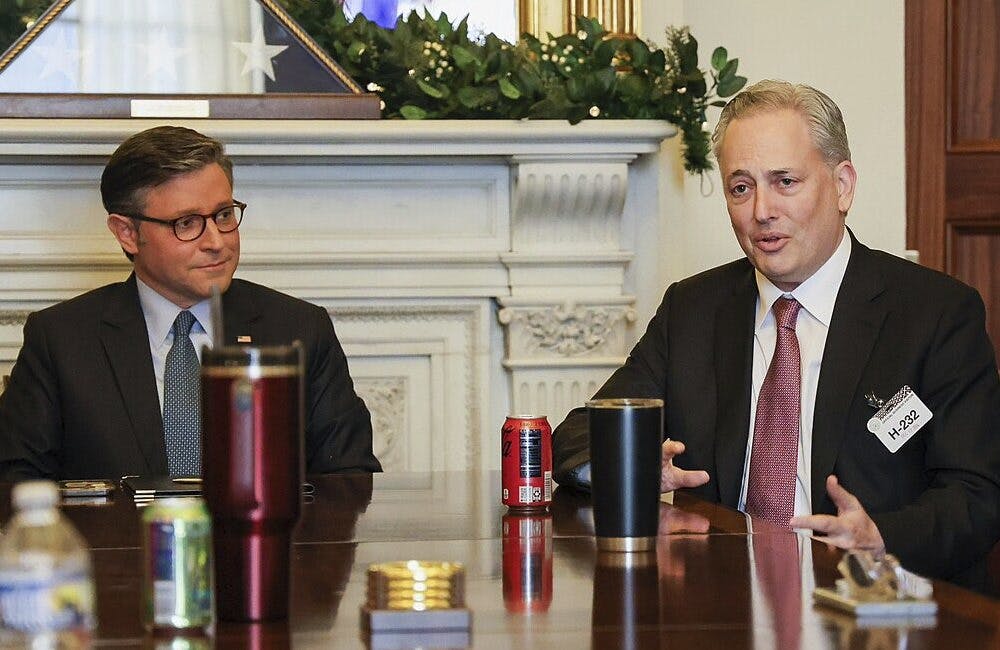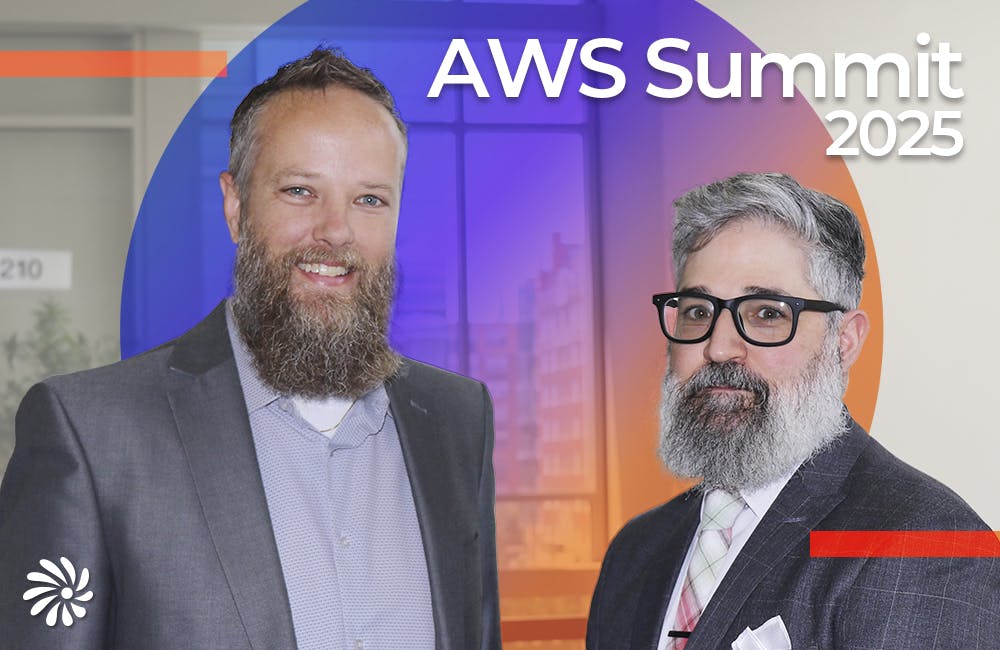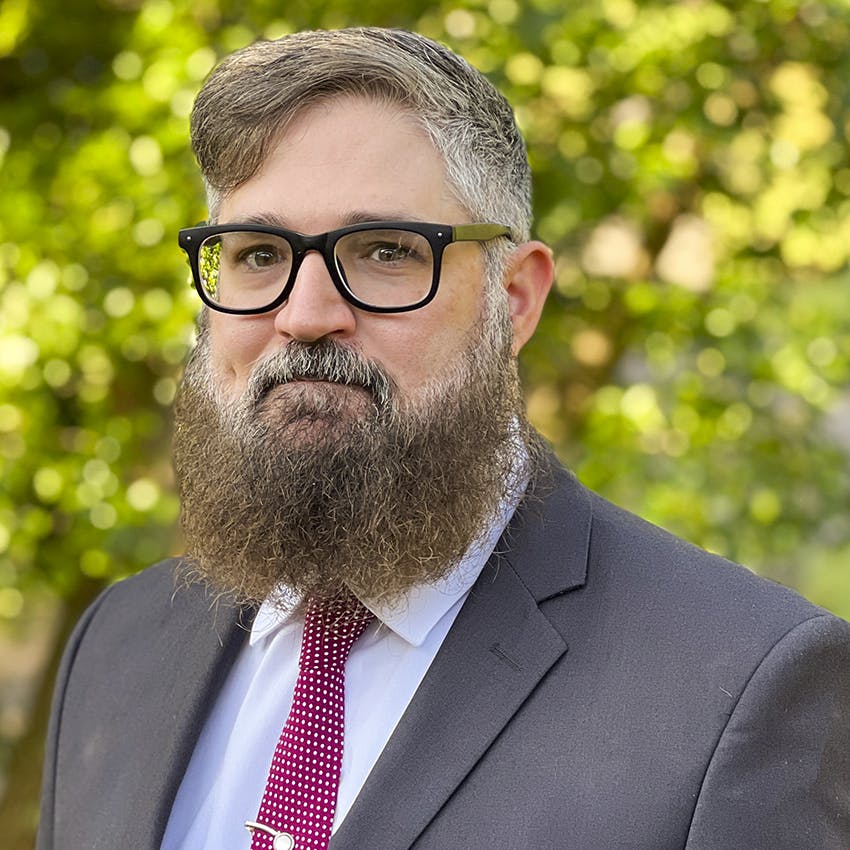‘Talent Is Our Asymmetric Advantage’, Pentagon Officials Say
DISA and Cybercom leaders emphasize the need for dynamic skills, continuous learning and industry partnerships to prepare for future threats.

A week after the Defense Department unveiled exemptions to its civilian workforce hiring freeze, military leaders outlined some of their workforce priorities around cybersecurity and emerging technology during its inaugural DOD Cyber Workforce Summit in Washington, D.C. Thursday.
“Talent is our asymmetric advantage. We don’t have … depth and scale. Our enemies do,” Lt. Gen. Paul Stanton, commander of JFHQ-DODIN and director of the Defense Information Systems Agency, said during the event. “What we have is talent and free thought. Let’s put those together so that we fight to win.”
Stanton said that the Pentagon has a critical need for a highly skilled and adaptable cyber workforce to effectively address the escalating complexity and sophistication of cyber threats. He called for a profound shift in operational strategies, describing it as a “call to action” focused on real outcomes rather than policy development.
During the event, Cyber Command Commander and National Security Agency Director Gen. Timothy Haugh called on CIOs to recognize the importance of the cyber workforce, saying that leaders need to embrace innovative technologies and cultivate a resilient cyber culture in their workforce.
“As CIO, you are not managing IT. You are safeguarding national security … This effort demands operation integrity.” Haugh said. “We see this in different pockets across the departmental domains.”
Education and Training
Stanton emphasized that the cyber workforce must not only be qualified on their respective tools but also be prepared to integrate skills dynamically in real-world scenarios. He also stressed the importance of foundational skills, like the ability to write code, a comprehensive knowledge of networking principles and other fundamental skills.
“Shame on every commander and leader that doesn’t understand how data flows on the battlefield. The days of ignoring cyber as a warfighting domain are gone,” Stanton said. “Everything is a data producer and data consumer.”
Stanton highlighted the critical need for continuous learning in an ever-changing operational environment. He said that effective cybersecurity professionals must cultivate a “voracious appetite for learning” outside of traditional avenues to stay current with emerging threats and technologies.
“The world is moving around us. You have to have a voracious appetite for learning to stay current, to remain relevant, to remain competent,” he said. “[The cyber workforce] cannot rely on the traditional professional development opportunities in the Department of Defense.”
Haugh also emphasized the education and training needs for the DOD cyber workforce. By partnering with nearly 700 academic institutions, he said, the Defense Department is working to bridge skill gaps and ensure a steady influx of talent equipped to tackle future challenges.
“We must attract and retain individuals with specialized skills, particularly in a rapidly changing technological environment,” Haugh noted. “Our priority is to maintain the strongest and most lethal cyber force.”
Collaboration is Key
Haugh said Thursday that protecting cyberspace requires cooperation between the defense industrial base (DIB) and the military, adding that the public sector can learn from industry’s rapid evolution to make sure the military is up-to-date.
“We must sustain quality cyberspace, and we accomplish that through our partnerships and through our innovation, it’s more than just information sharing. We can learn from each other, work closer with one another, evolve together,” Haugh said. “A critical part of the solution inside the challenge is evolving our partnerships in both the public and private degree.”
Stanton noted that military networks rely on DIB systems and vice versa. To further protect cyberspace, he said, it’s important to acknowledge collaboration with industry partners to better integrate solutions.
“We have a massive dependency on industry. Industry is inside of our network,” Stanton said. “Industry extends our environment.”
The Data Domain
Stanton emphasized the central role of data in modern warfare, insisting that understanding and managing data flow across various battlefields is crucial. He also urged leaders at all levels to integrate technology into their strategic planning.
“Ignoring the cyber domain is no longer an option. Every piece of equipment and command relies on data,” he said.
Haugh said that data is critical to speeding decision processes for warfighters, cyber operators and other personnel. Without good data, he said, operational efficiency suffers.
“[Operational knowledge requires] accurate data-driven decisions,” Haugh said. “The ability to process accurate data can [drive] both defensive and offensive operations.”
This is a carousel with manually rotating slides. Use Next and Previous buttons to navigate or jump to a slide with the slide dots
-

Trump’s Executive Order Spurs Federal Push for AI Literacy
Agencies are ramping up AI literacy efforts across the federal workforce and education systems after Trump's executive order on AI education.
5m read -

White House AI Czar Outlines Industry's Role in Global AI Race
White House AI Czar David Sacks detailed the Trump administration's AI priorities and industry's role in growing the nation's AI economy.
3m read -

AWS Summit: Innovation Accelerates IT Delivery at DOD
Marine Corps Community Services is tackling outdated IT processes with agile development and cutting-edge cloud security to deliver mission-critical capabilities faster.
12m watch -

CIA's Future Relies on Human-AI Collaboration, CAIO Says
From data triage to agentic AI, Lakshmi Raman details how human expertise remains paramount for national security applications.
3m read








